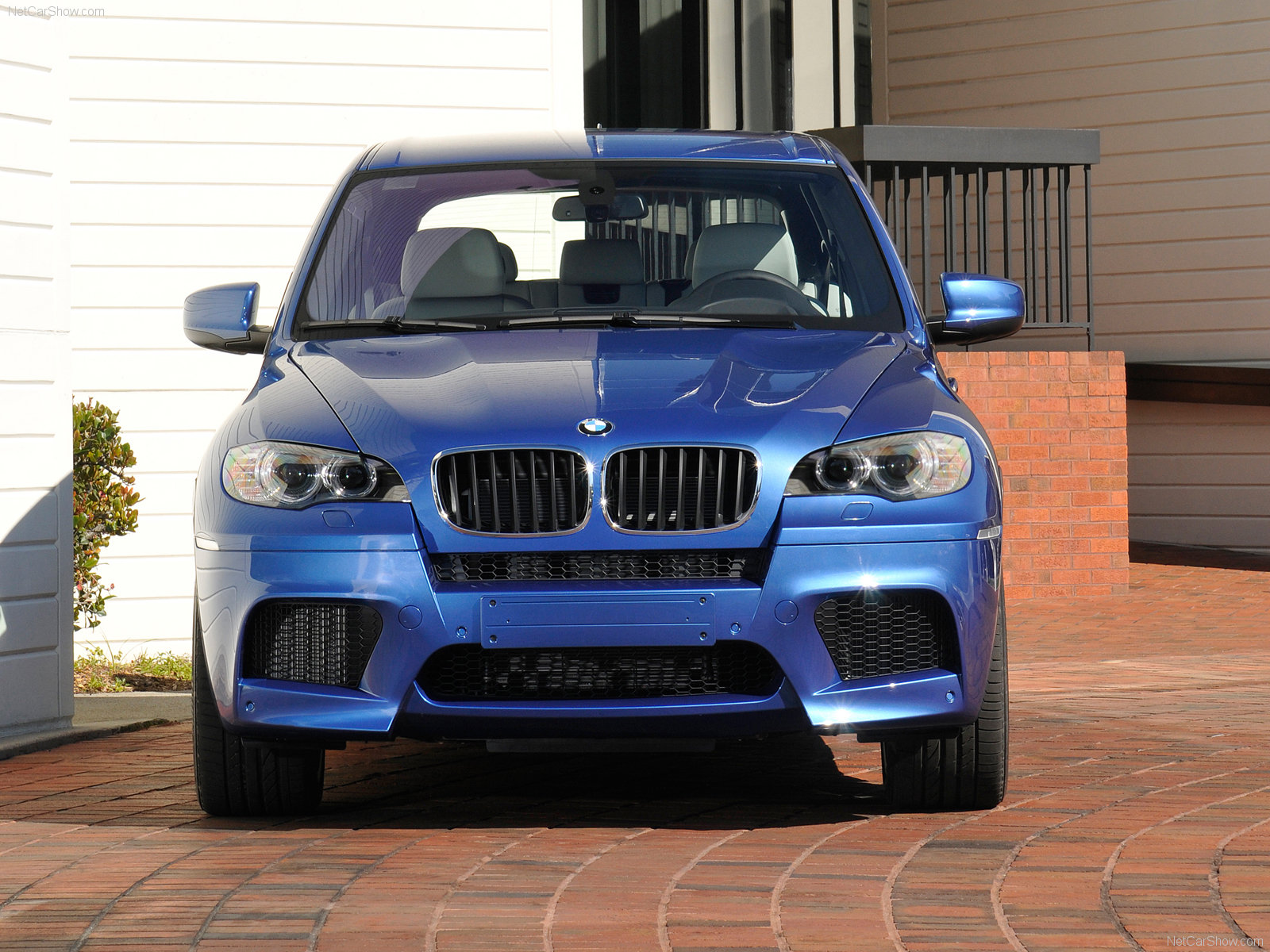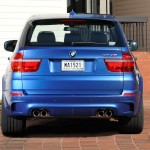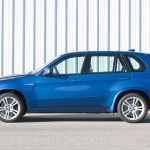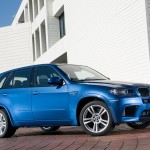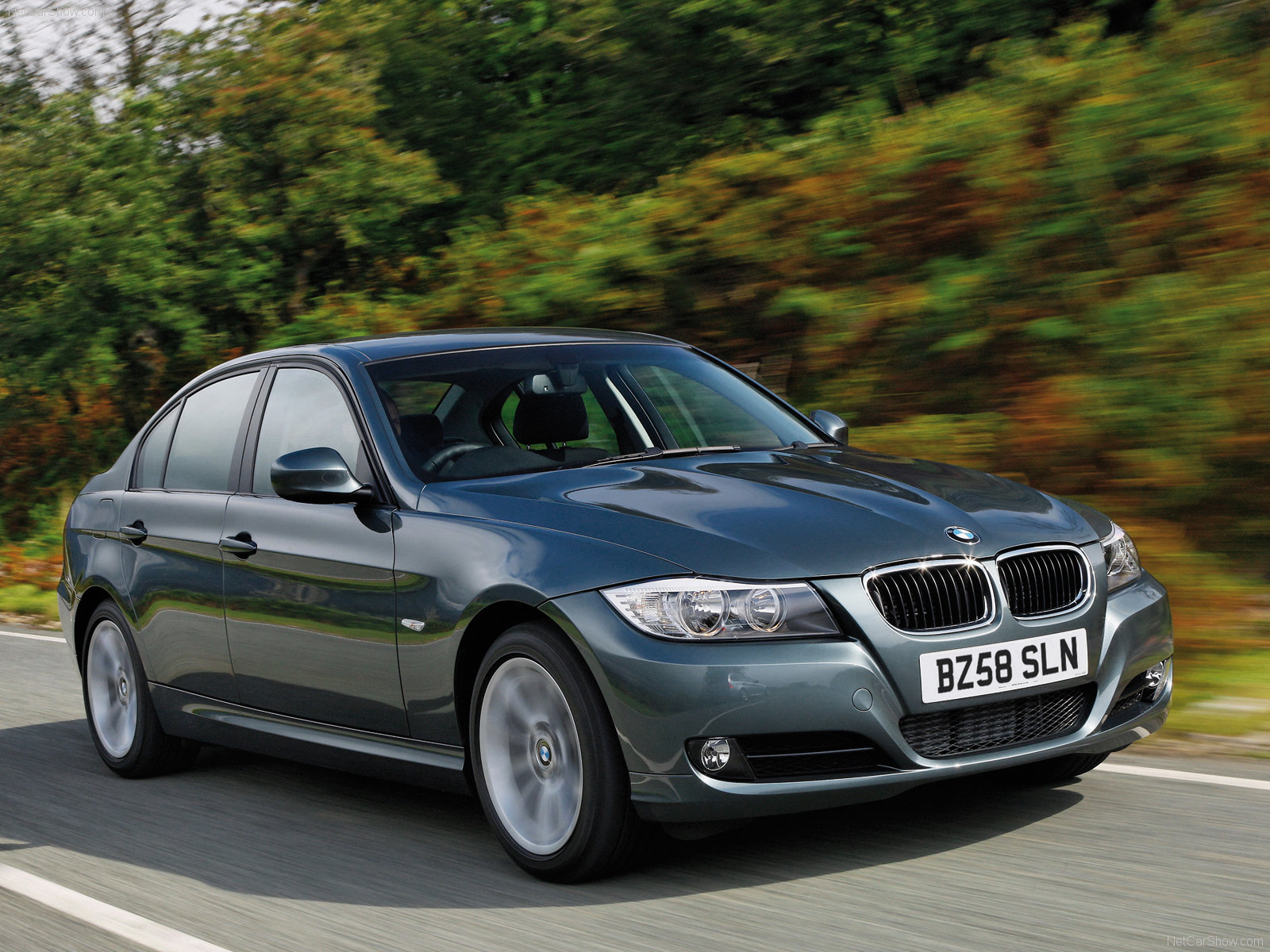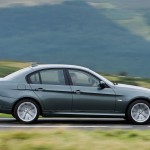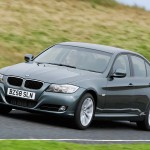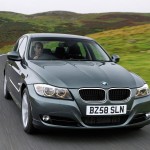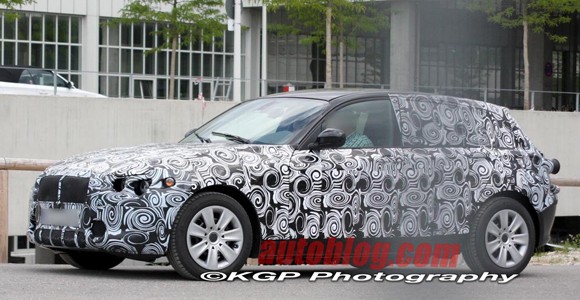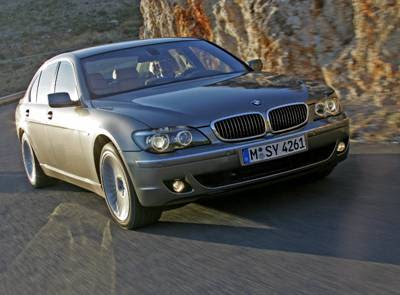BMW has confirmed that this will be its last season in Formula 1.
The team,  which had been tipped to fight for the world championship, has been struggling to make an impact on the track this year.
which had been tipped to fight for the world championship, has been struggling to make an impact on the track this year.
But that's only part of the story.
Like Honda, which pulled out of Formula 1 before the season had even started, the German carmaker has seen its sales and profits tumble as a result of the global economic downturn.
In such a difficult environment, they are struggling to justify spending hundreds of millions of dollars a year on motor sport.
BMW's departure leaves four car manufacturers still competing in F1: Ferrari, Mercedes Benz, Toyota and Renault.
Ferrari is unlikely to leave the sport, because its image as a manufacturer of supercars is intimately tied to its racing heritage.
But there is widespread speculation that at least one of the other major brands could follow BMW out of the door.
"BMW definitely won't be the last," says F1 analyst Christian Sylt of Formula Money.
"Before the end of the year, we will see at least one other car manufacturer leave F1."
According to motorsport's governing body, the FIA, such an exodus was inevitable.
"It has been clear for some time that motorsport cannot ignore the world economic crisis," it said in a statement released after BMW's announcement.
"Car manufacturers cannot be expected to continue to pour large sums of money into Formula 1 when their survival depends on redundancies, plant closures and the support of the taxpayer."
Race against time
So will BMW's departure cause any lasting damage to Formula 1?
 Ferrari is not expected to pull out of F1 - but at least one other firm is |
The answer is, not necessarily.
Three new teams are due to join the series next year. Assuming they can raise enough sponsorship to guarantee their entries, there should still be plenty of cars on the starting grid.
But in the current climate raising the money is likely to prove difficult.
In addition, the new teams face a race against time if they are to be on the grid next year.
If the new entries fail to materialise, and more teams leave, a crisis could yet develop.
Some experts believe that the departure of major names such as Honda and BMW undermines F1's claim to be the pinnacle of world motorsport.
It's an argument that points towards the real problem facing Formula 1.
Spending rows
A key part of the sport's attraction is its brash, free-spending image.
It oozes high-rent glamour, and promotes itself as a hub of white-hot technology.
 There have been moves to reduce spending in the glamorous world of F1 |
That image comes at a cost. In recent years, top teams have been spending more than $400m (£244m) a season.
Yet as the departures of BMW and Honda have illustrated all too clearly, that kind of outlay can no longer be taken for granted.
For much of the past year, the main stakeholders in Formula 1 have been embroiled in a bitter dispute over how to cut costs, without emasculating the sport.
The FIA, led by its forceful president Max Mosley, wanted to put the brakes on spending by forcing teams to cut their budgets to just $60 million a year, as well as restricting technical development.
But this was vehemently opposed by most of the teams, who believed such a move would destroy the essence of Formula 1.
'Nuclear' threat
The teams' ire was also directed at the Formula 1 Group, the network of companies run by Bernie Ecclestone, which control the commercial side of F1.
The group earns close to a billion dollars a year from trackside advertising, television rights and race fees.
But only half of the money goes back into F1, as payments to the teams.
The rest is absorbed by the F1 Group and its ultimate owner, the private equity group CVC Capital partners.
At a time when sponsors were hard to find, the teams argued, they should be given a bigger slice of the cake.
The dispute came to a head at the British Grand Prix in June, when eight teams threatened to walk out of F1 and set up their own rival championship.
That plan, widely seen as a "nuclear option" now looks highly unlikely to be carried out.
Under intense pressure from Bernie Ecclestone and the F1 Group as well as the team owners, the FIA backed down.

